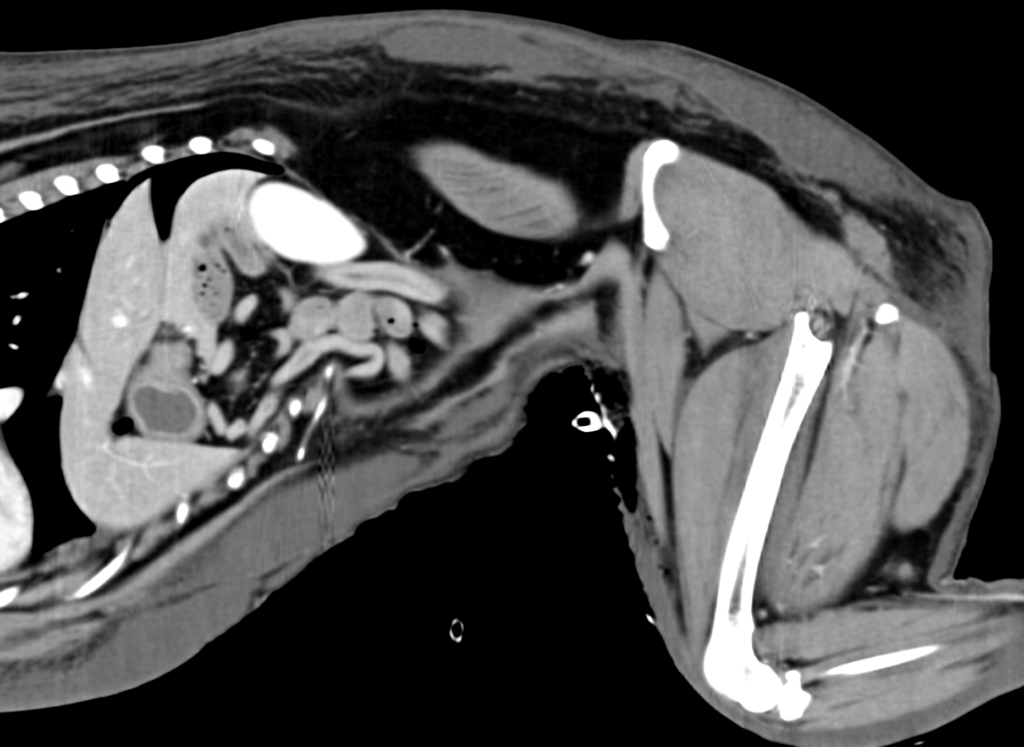In this video, I will teach you how to obtain an accurate fetal heart rate by using the M-mode (point-of-care ultrasound).
NOTE*** This was a GE Logiq e machine that I used to record this video. If you are using a different ultrasound machine, your abdominal preset may be set up differently or you may not have an HR (Heart rate) option. In this case, just measure duration of one cardiac cycle (from mid-systole to mid-systole or mid-diastole to mid-diastole) and divide 60 by the duration of the cycle and you will get the heart rate. The majority of ultrasound machines will use miliseconds (ms) to measure the duration of the cycle in the M mode. You will need to convert ms to seconds to calculate the heart rate. To do that, divide ms by 1000 = sec.
For example, in the video below the duration of the cardiac cycle in the first example was 214 ms = 0.214 sec. If you divide 60 by 0.214, the HR will be equal to 280 beats per minute, which is exactly the same HR as the calculated HR by the machine.




